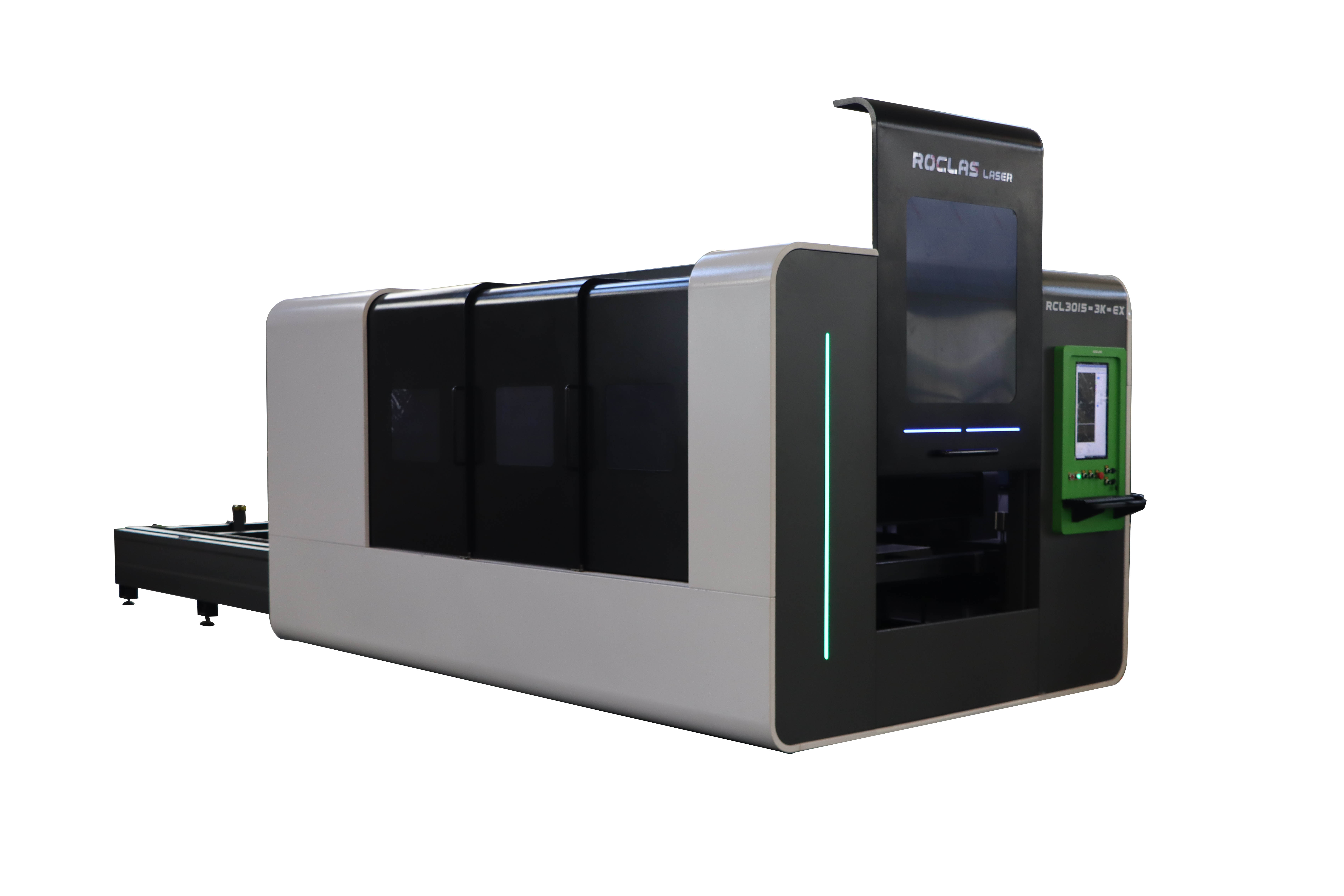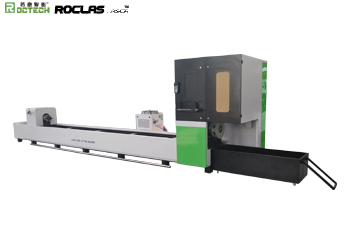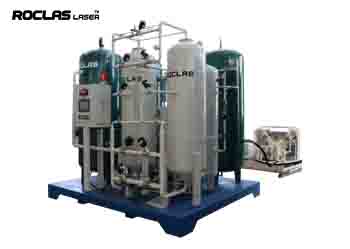Las máquinas de corte láser se han convertido en herramientas indispensables en diversas industrias, desde la fabricación hasta las artes y la artesanía. Su precisión, velocidad y versatilidad los convierten en una opción preferida para cortar una amplia gama de materiales, incluyendo metal, madera, plástico y más. Sin embargo, uno de los factores más críticos que las empresas y los individuos consideran antes de invertir en una máquina de corte láser es el costo. Este artículo profundiza en los diversos aspectos que influyen en el costo de las máquinas de corte láser, ayudándole a tomar una decisión informada.
1. Tipos de máquinas de corte láser
El costo de la máquina de corte láser depende en gran medida de su tipo. Hay tres tipos principales de máquinas de corte láser:
- Máquinas de corte láser de CO2: Estos son los tipos más comunes y versátiles, adecuados para cortar, grabar y marcar una variedad de materiales. Son generalmente más asequibles que otros tipos, pero pueden tener costos de mantenimiento más altos debido a la necesidad de recargas regulares de gas.

- máquinas de corte láser de fibra óptica: los láseres de fibra óptica son conocidos por su eficiencia y precisión, especialmente adecuados para cortar metales. Son más caros que los láseres de dióxido de carbono, pero tienen un costo de operación más bajo y una vida útil más larga.
- Máquinas de corte láser Nd: YAG / Nd: YVO4: Estas son máquinas especializadas utilizadas para aplicaciones de alta precisión, como en las industrias médica y aeroespacial. Son el tipo más caro debido a su tecnología avanzada y casos de uso especializados.
2. potencia y rendimiento

La Potencia láser en vatios es un factor importante que determina el costo de la máquina de corte láser. Las máquinas más potentes pueden cortar materiales más gruesos y robustos, pero también son más caros. Por ejemplo, la máquina de corte láser CO2 de 100W cuesta alrededor de $5000, mientras que el modelo 150w puede costar hasta $10000. Los láseres de fibra óptica son más eficientes, con máquinas de 1 kW a partir de unos 20.000 dólares y modelos industriales a partir de 100.000 dólares o más.
3. Tamaño de la máquina y área de trabajo

The size of the laser cutting machine and its work area also impact the cost. Larger machines with bigger work areas are more expensive because they require more materials and advanced engineering to ensure stability and precision. For example, a desktop laser cutter with a small work area might cost around $3,000, while a large-format industrial machine could cost $50,000 or more.
4. Brand and Manufacturer
The brand and manufacturer of the laser cutting machine play a crucial role in its cost. Well-known brands with a reputation for quality and reliability, such as Trumpf, Amada, and Bystronic, often charge a premium for their machines. On the other hand, lesser-known brands or Chinese manufacturers may offer more affordable options, but the quality and after-sales support can vary significantly.
5. Additional Features and Accessories
Laser cutting machines come with a range of additional features and accessories that can influence the overall cost. Some of these include:
- Automatic Focus: This feature adjusts the laser focus automatically, ensuring consistent cutting quality. It adds to the cost but can significantly improve efficiency.
- Rotary Attachment: A rotary attachment allows for the cutting and engraving of cylindrical objects, such as bottles and tubes. This accessory can add several thousand dollars to the machine's price.
- Cooling System: High-powered lasers generate a lot of heat and require an efficient cooling system. Water-cooled systems are more expensive than air-cooled ones but are essential for maintaining the machine's performance and longevity.
- Software: The software that controls the laser cutter can also affect the cost. Advanced software with more features and better user interfaces tends to be more expensive but can enhance the machine's capabilities and ease of use.
6. Operating Costs
While the initial purchase price is a significant consideration, it's also essential to factor in the operating costs of a laser cutting machine. These include:
- Energy Consumption: Higher-powered machines consume more electricity, leading to higher energy bills. Fiber lasers are generally more energy-efficient than CO2 lasers, which can offset their higher initial cost over time.
- Maintenance: Regular maintenance is crucial for keeping a laser cutter in optimal condition. This includes replacing laser tubes, mirrors, lenses, and other consumables. CO2 lasers, in particular, require more frequent maintenance, which can add to the overall cost.
- Gas and Consumables: CO2 lasers require a constant supply of gas (usually CO2, nitrogen, or helium) to operate, which can be a recurring expense. Fiber lasers, on the other hand, do not require gas, reducing their operating costs.
7. Market Trends and Demand
The cost of laser cutting machines can also be influenced by market trends and demand. For example, the increasing adoption of automation and Industry 4.0 technologies has led to a surge in demand for advanced laser cutting machines, driving up prices. Conversely, economic downturns or increased competition among manufacturers can lead to lower prices.
8. Used vs. New Machines
Another factor to consider is whether to purchase a new or used laser cutting machine. Used machines can be significantly cheaper, but they may come with hidden costs, such as the need for repairs or upgrades. It's essential to thoroughly inspect a used machine and consider its remaining lifespan before making a purchase.
9. Financing and Leasing Options
For businesses that cannot afford the upfront cost of a laser cutting machine, financing and leasing options are available. These can spread the cost over several years, making it more manageable. However, it's important to consider the interest rates and terms of the financing agreement, as they can add to the overall cost.
10. Return on Investment (ROI)
Finally, when considering the cost of a laser cutting machine, it's crucial to evaluate the potential return on investment (ROI). A more expensive machine with higher capabilities may lead to increased productivity, reduced material waste, and the ability to take on more complex projects, ultimately generating more revenue. It's essential to weigh the initial cost against the potential long-term benefits.
Conclusion
The cost of a laser cutting machine is influenced by a multitude of factors, including the type of laser, power, size, brand, additional features, operating costs, market trends, and whether the machine is new or used. Understanding these factors can help you make an informed decision that aligns with your budget and business needs. While the initial investment may be significant, the precision, efficiency, and versatility of laser cutting machines can offer substantial long-term benefits, making them a valuable asset for any business involved in cutting and engraving.
Anterior:: guía integral para máquinas láser: tipos, aplicaciones y tendencias futuras
Siguiente página:No, No.
Ya sea que necesite sugerencias generales o apoyo específico, estaremos encantados de ayudarle.